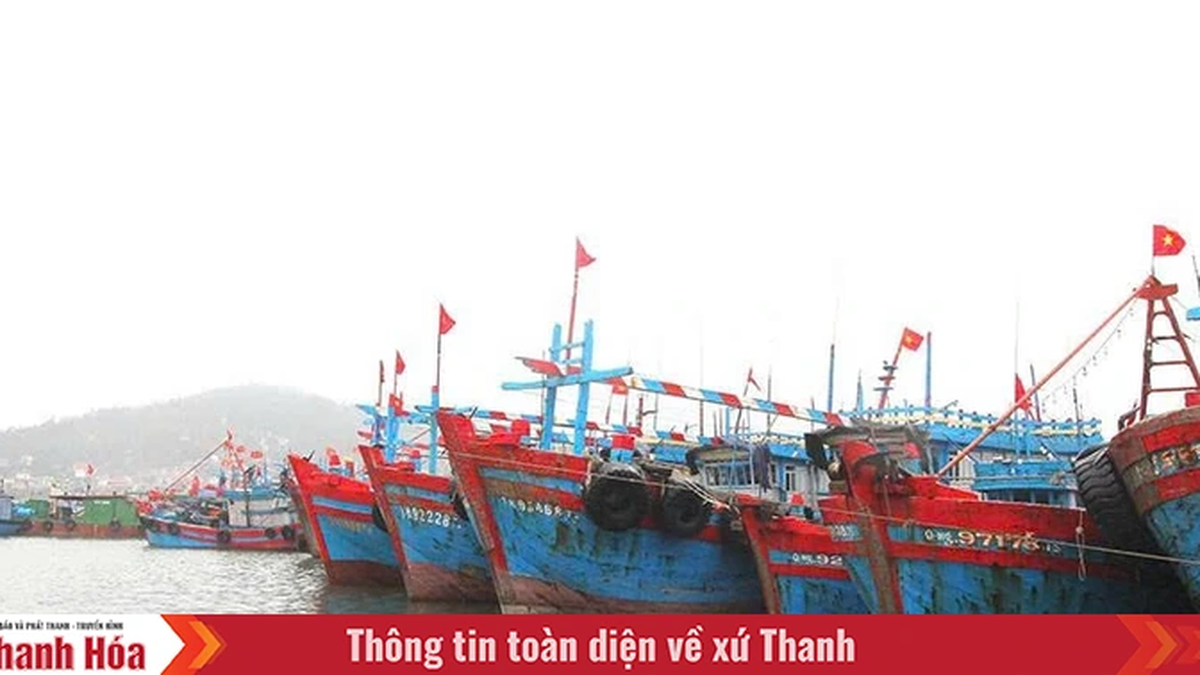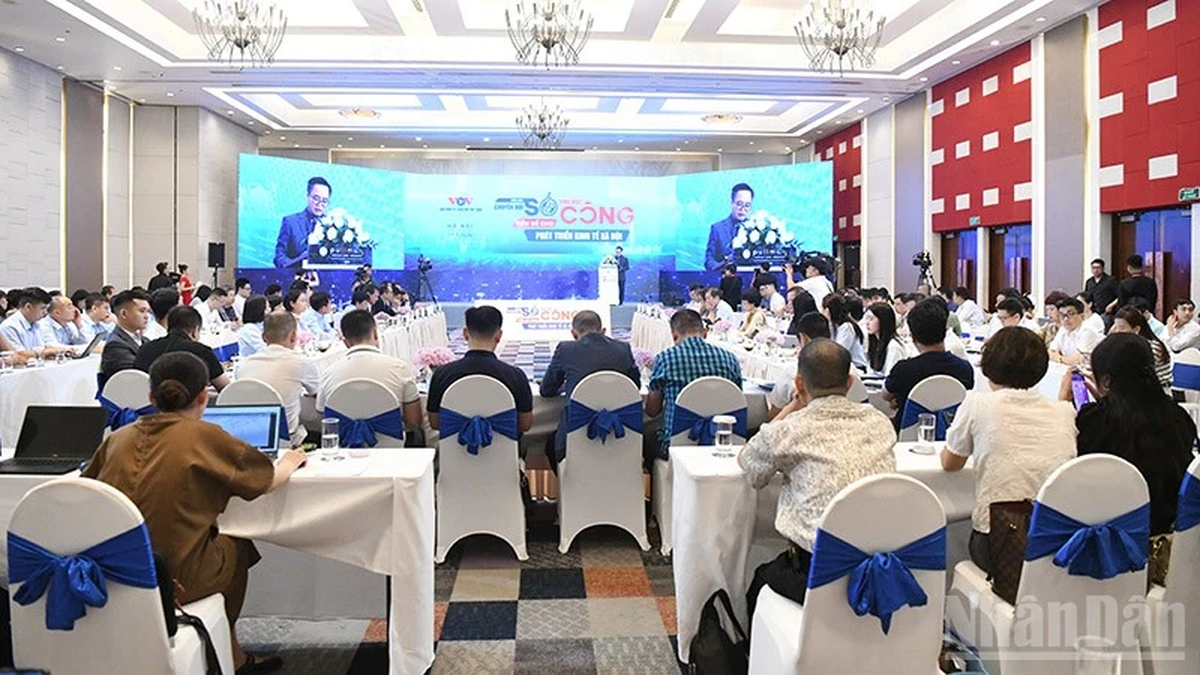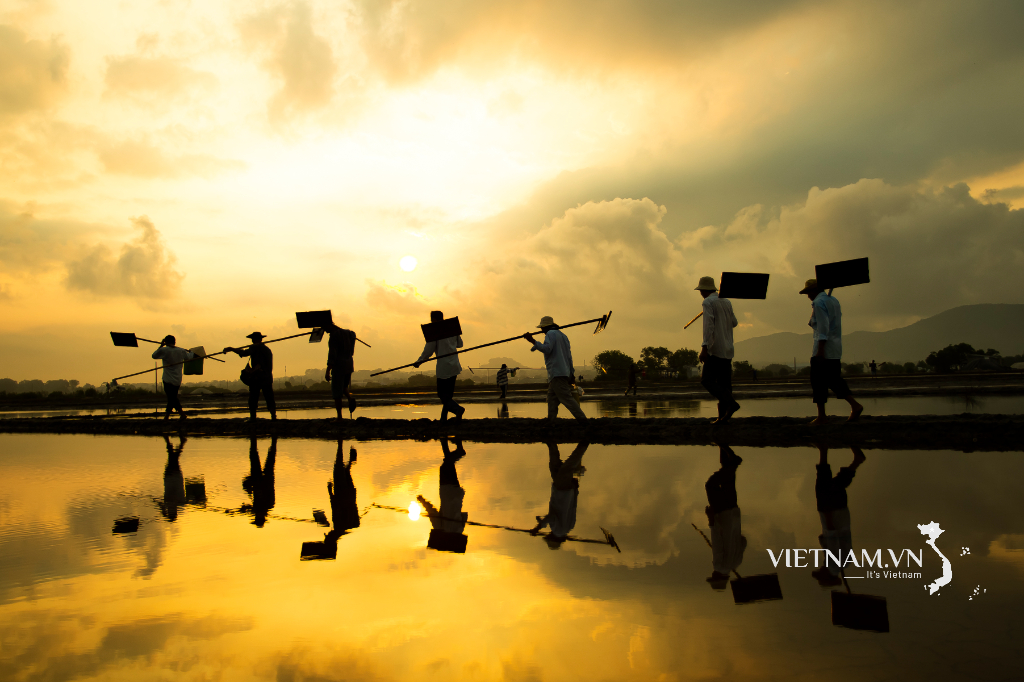To build Khanh Son mountainous district into a "mountainous ecological sub-urban area" according to the direction of the Politburo in Resolution No. 09 on building and developing Khanh Hoa province to 2030, with a vision to 2045, the locality is urgently implementing steps to establish a planning project for Khanh Son district to 2030, with a vision to 2050. In the future, Khanh Son will develop in association with unique, distinctive ecological landscape and cultural values, imbued with the local ethnic identity.
Taking steps to establish a planning project
According to Resolution No. 09 of the Politburo, the provincial planning orientation has set out the requirement to adjust the urban space reasonably, in association with the strengths of each region, area, and locality. In particular, Khanh Son is oriented to develop into a small ecological urban area of mountains and forests. The socio -economic situation of this mountainous district, where there are many ethnic minorities, will develop rapidly and sustainably, associated with promoting cultural identity, indigenous resource values, and playing a role in ensuring security, ecological environment, water security, and great solidarity among ethnic groups. This orientation is also clearly shown in the Provincial Planning for the period 2021 - 2030, with a vision to 2050, approved by the Prime Minister.
 |
| A corner of To Hap town, Khanh Son district. Photo: Hong Dang |
Mr. Nguyen Quoc Dong - Vice Chairman of Khanh Son District People's Committee said that to implement this orientation, the Provincial People's Committee has approved the Planning Task for Khanh Son District to 2030, with a vision to 2050, with a total planning area of about 33,853 hectares, with 8 administrative units under its management, including To Hap town and 7 communes: Thanh Son, Son Lam, Son Binh, Son Hiep, Son Trung, Ba Cum Bac, Ba Cum Nam. The locality is urgently implementing the next steps to soon prepare a planning project to submit to the Provincial People's Committee for approval.
Build an eco-tourism area
On that basis, in the future, Khanh Son will be built into an eco-tourism area, with unique and distinctive landscape and cultural ecological values, imbued with national identity, integrating agricultural and forestry ecological spaces, in which To Hap town will be built into a travel and accommodation service center. The local urban system will develop harmoniously, combining existing areas and new development spaces in Son Lam, Son Binh, Ba Cum Bac, Ba Cum Nam...; exploiting and supplementing, perfecting the infrastructure system, linked to the water surface system. In addition, the district's urban system will develop according to the forest ecological sub-region model on the basis of forming urban areas with high density of trees, ecology, friendly to nature, creating green belts, green infrastructure... to gradually turn Khanh Son into a unique destination of the province. At that time, Khanh Son will be built and developed into a resort destination of valuable ecological and cultural spaces, and will be a mountainous tourism center, focusing on exploiting the cultural aspects of Khanh Son lithophone heritage and gong culture...
 |
| A corner of To Hap town area (Khanh Son district). |
According to Mr. Nguyen Quoc Dong, based on the assessment of practical conditions, potentials, and development dynamics of each area, the district will propose specific models and structures for regional spatial development; locations, scales, and organizations of urban system development areas, rural residential areas, and functional areas in the area in accordance with development orientations; in accordance with provincial planning and technical and specialized planning currently being implemented. At the same time, identify and propose priority investment programs and projects on technical infrastructure, social infrastructure, and environmental protection, etc.
According to local estimates, by 2030, Khanh Son will have a population of about 48,000 people, an urbanization rate of about 21.9%, and a land area for construction of about 1,000 - 3,000 hectares. By 2040, the district's population will be about 65,000 people, an urbanization rate of about 26.8%, and a land area for construction of about 3,000 - 5,000 hectares. By 2050, the population will be about 90,000 people, an urbanization rate of about 34%, and a land area for construction of about 5,000 - 7,000 hectares.
HAI LANG
Source




































































































Comment (0)